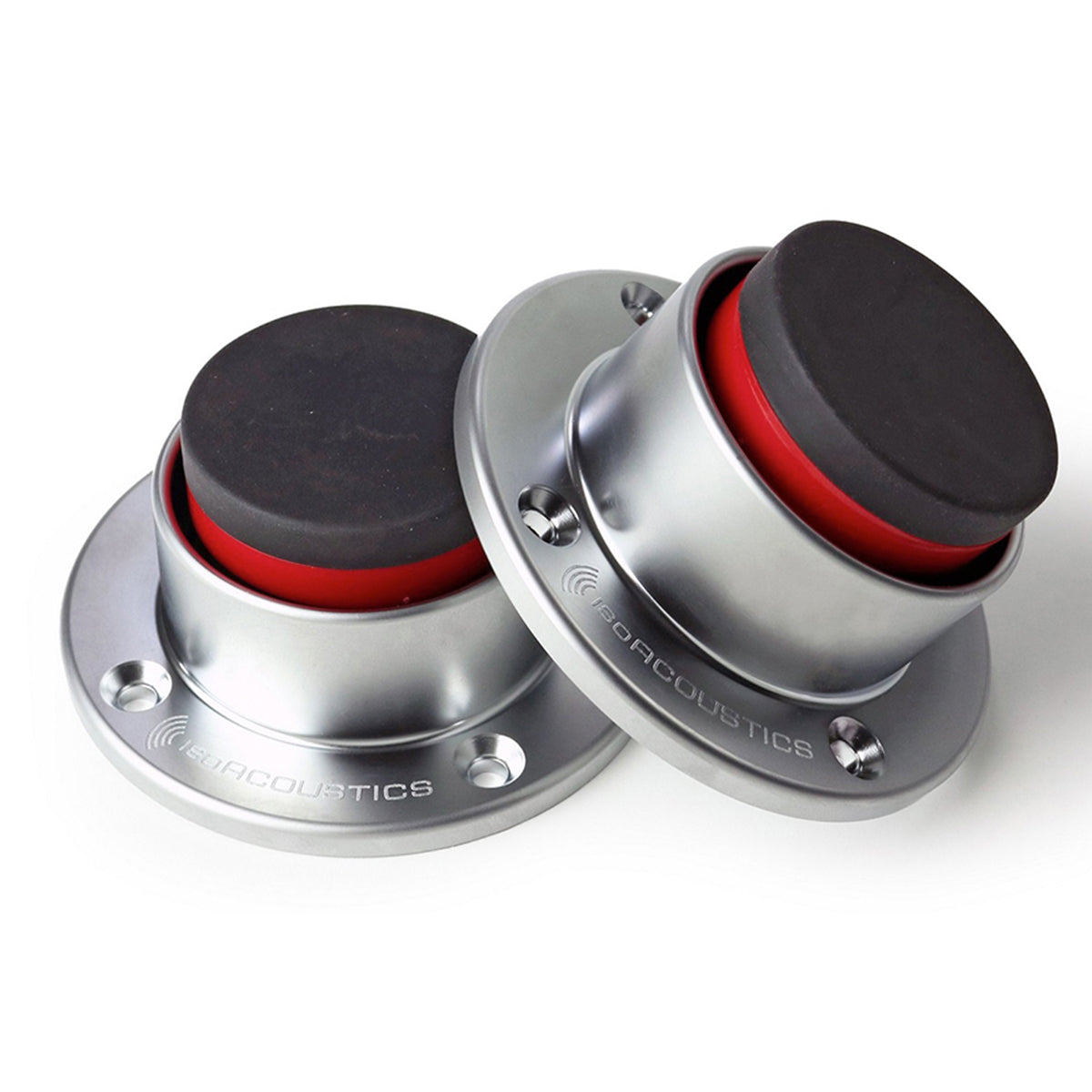In this article, we will help you understand how to choose the best IsoAcoustics product for your system. IsoAcoustics is a Canadian company that, as the name implies, specializes in isolation devices for home and professional speakers and components. In the world of performance products, IsoAcoustics is relatively new, only having been formed in 2012, but the people behind the brand have been in the business for decades.
They developed a patented technology to improve sound by reducing vibrations that came from years of work in the broadcast industry. Dave Morrison, who is the man behind most of the IsoAcoustics work was part of a team tasked with building the largest multi-media center in the world at 1.72 million square feet! They had to figure out how to isolate all of the recording studios, special effects studios, and TV and radio studios. It was a task that led Dave to come up with some unique ideas on sound isolation.
If you know a little about the Canadian tech market, you are probably aware of the NRC, Canada’s national research center designed to help Canadian companies who export around the world. Many Canadian speaker and electronics companies use their facilities to design and test equipment and IsoAcoustics has used them for a wide range of testing.
For those of you who already know you want to get some IsoAcoustics products for your system and just want to know how to pick the best ones, you can skip the next section. If you do want to learn more about how they work and the benefits, keep on reading!
How IsoAcoustics Products Work
When you think about isolating speakers there are usually two things that quickly come to mind. Is the speaker exciting the surface they are sitting on, causing that surface to make sounds that are not part of the recording? The other part of isolation is thinking about how to keep the surface the speaker is on from sending the sound into another room. When a recording studio has multiple rooms, they will actually float the rooms to help isolate them.
The first two parts of isolation have been addressed by many companies and there are known technologies that work well. Spiking a speaker or putting it on a speaker stand is one easy way to isolate it from the floor which in almost all cases will offer big sound improvements.
IsoAcoustics looked at a third aspect no one had really thought about. Think of this example. You attach a steel pipe to a concrete wall with a plate. This is akin to a spike on a speaker. If you bang the pipe with a mallet the vibrations will go down the pipe, enter the wall and reflect back up the pipe. IsoAcoustics wanted to address the vibrations that reflect back into the speaker or components from the surface it is sitting on.
They found through testing at the NRC these reflections coming back into a speaker had a pretty big impact on the sound. Through laser testing, they discovered the reflections actually caused the cabinets of the speakers to oscillate. The tests were really interesting in that for the control test, they hung a speaker on bungee cords to isolate it, then compared it with sitting on spikes, nothing, and using their products. If you are geeks like us, they have a pretty interesting white paper called IsoAcoustics Technology Explained.
IsoAcoustics award-winning patented isolation products come in many different configurations and sizes. They all are designed to manage the energy coming back into the speaker or component while also addressing the first two aspects of isolation we discussed as well.
The difference you hear when you compare with and without is tighter bass, much greater clarity and openness to the sound, and far better three-dimensional imaging. It's pretty dramatic in most cases. IsoAcoustics have a huge amount of positive comments from recording engineers who use them daily in their work, so it’s hard to dispute the pros!
Now let’s take a look at the models to determine which one is best for your system.

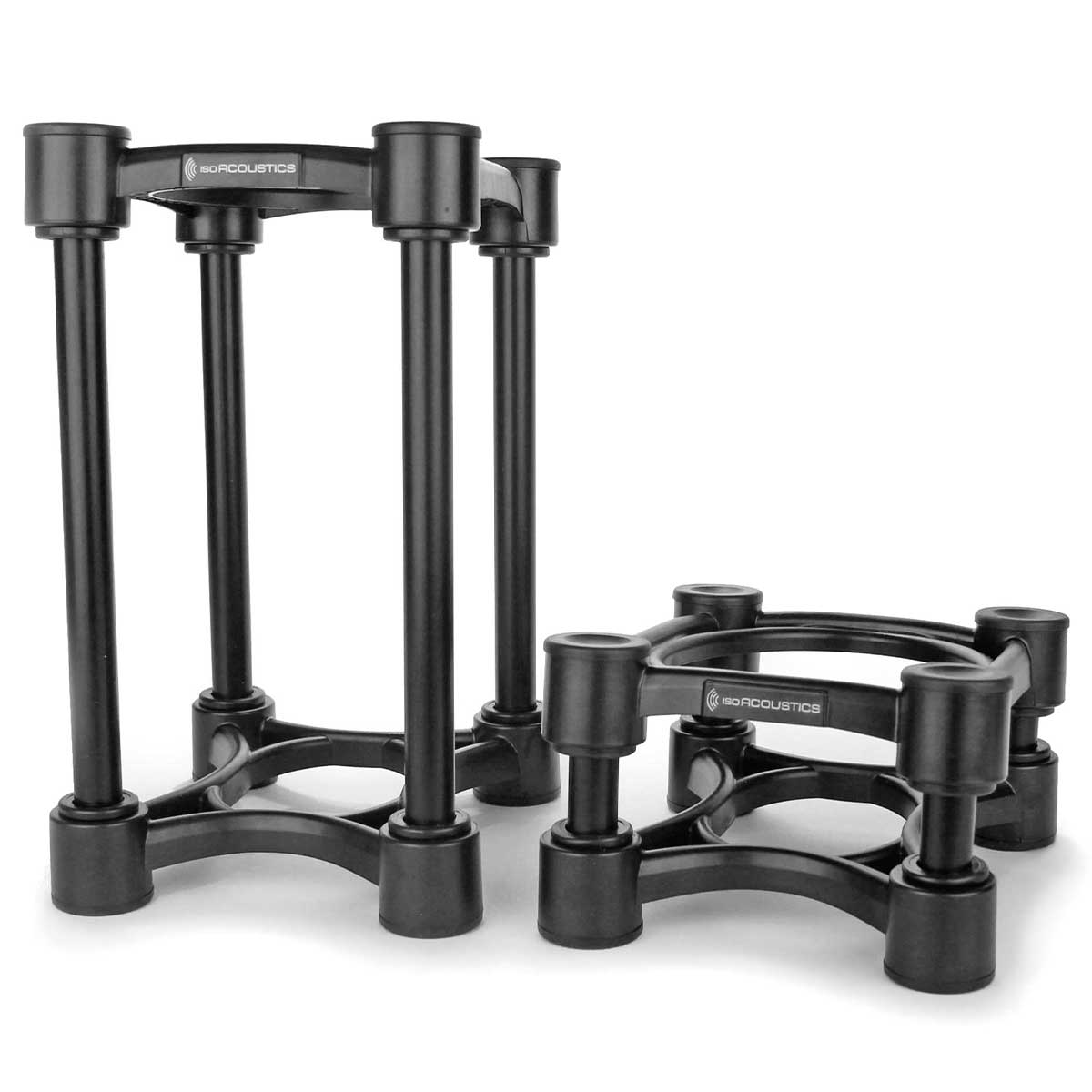
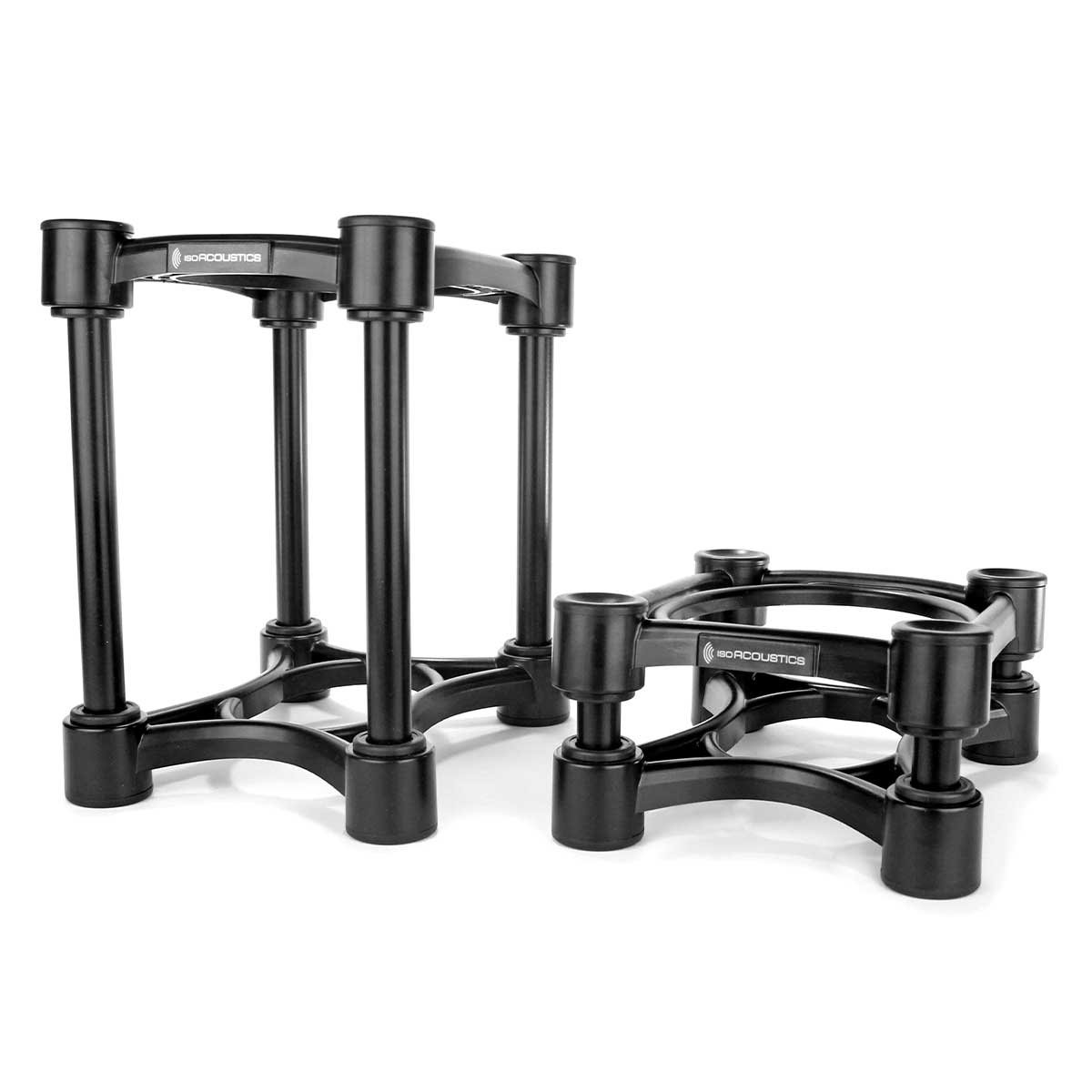
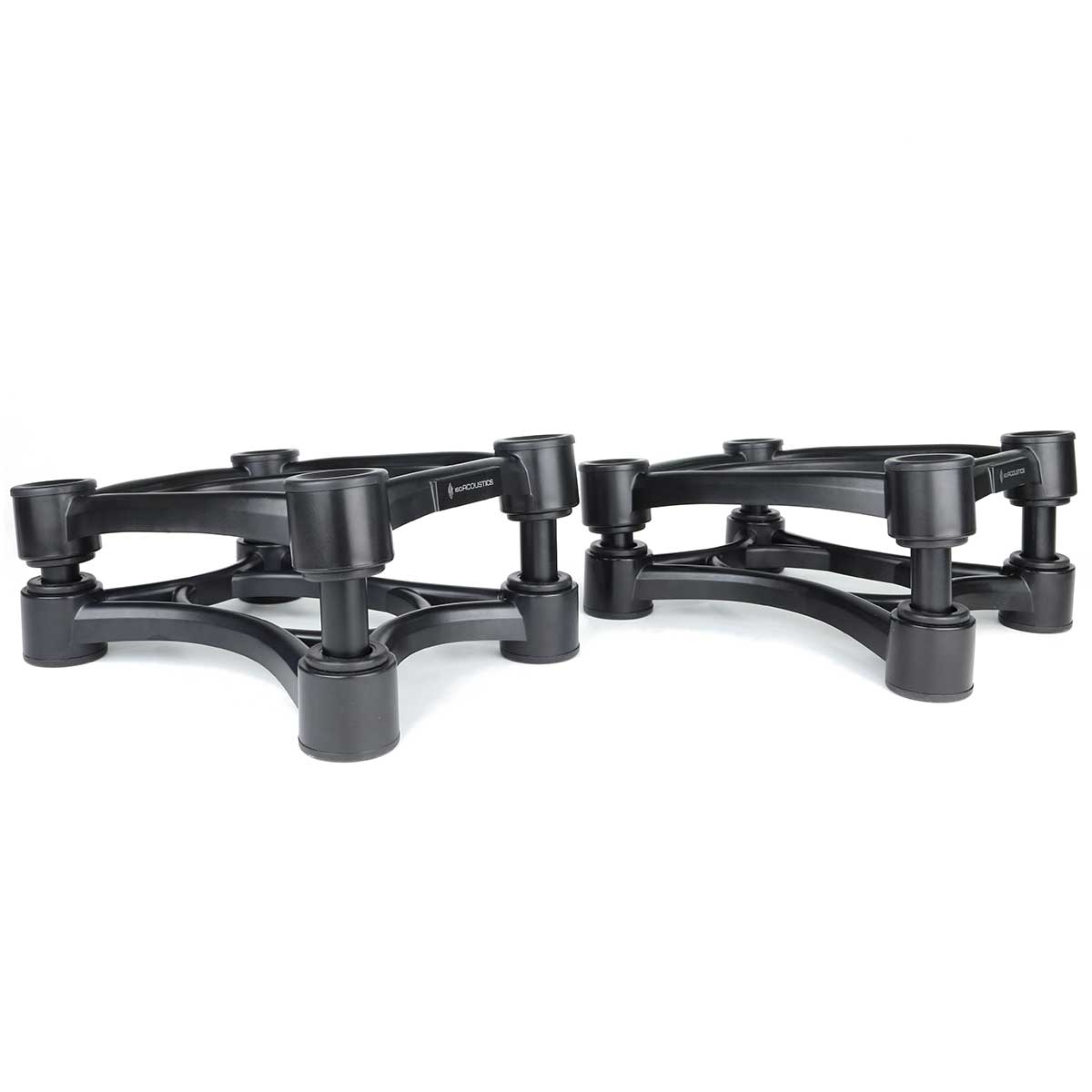
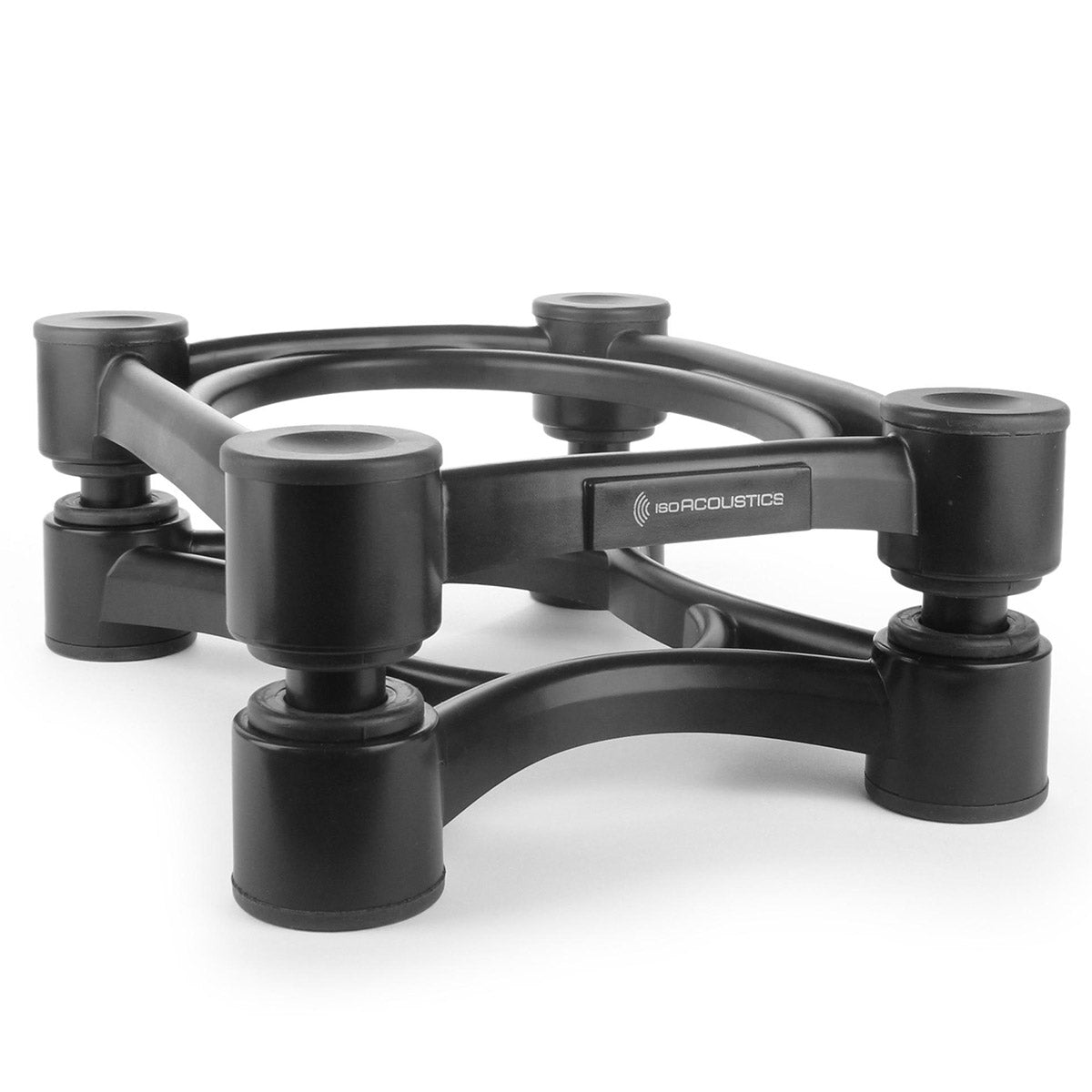

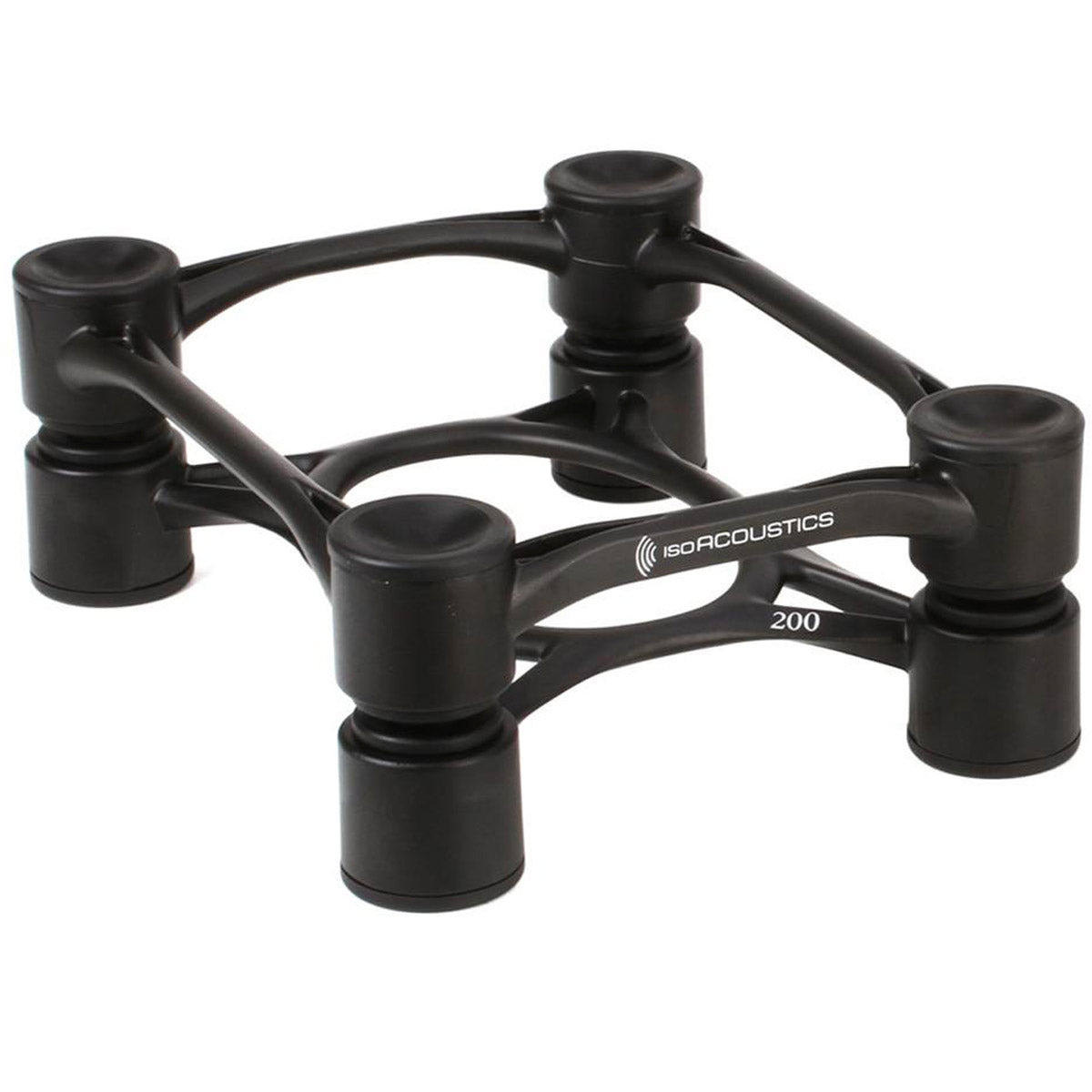

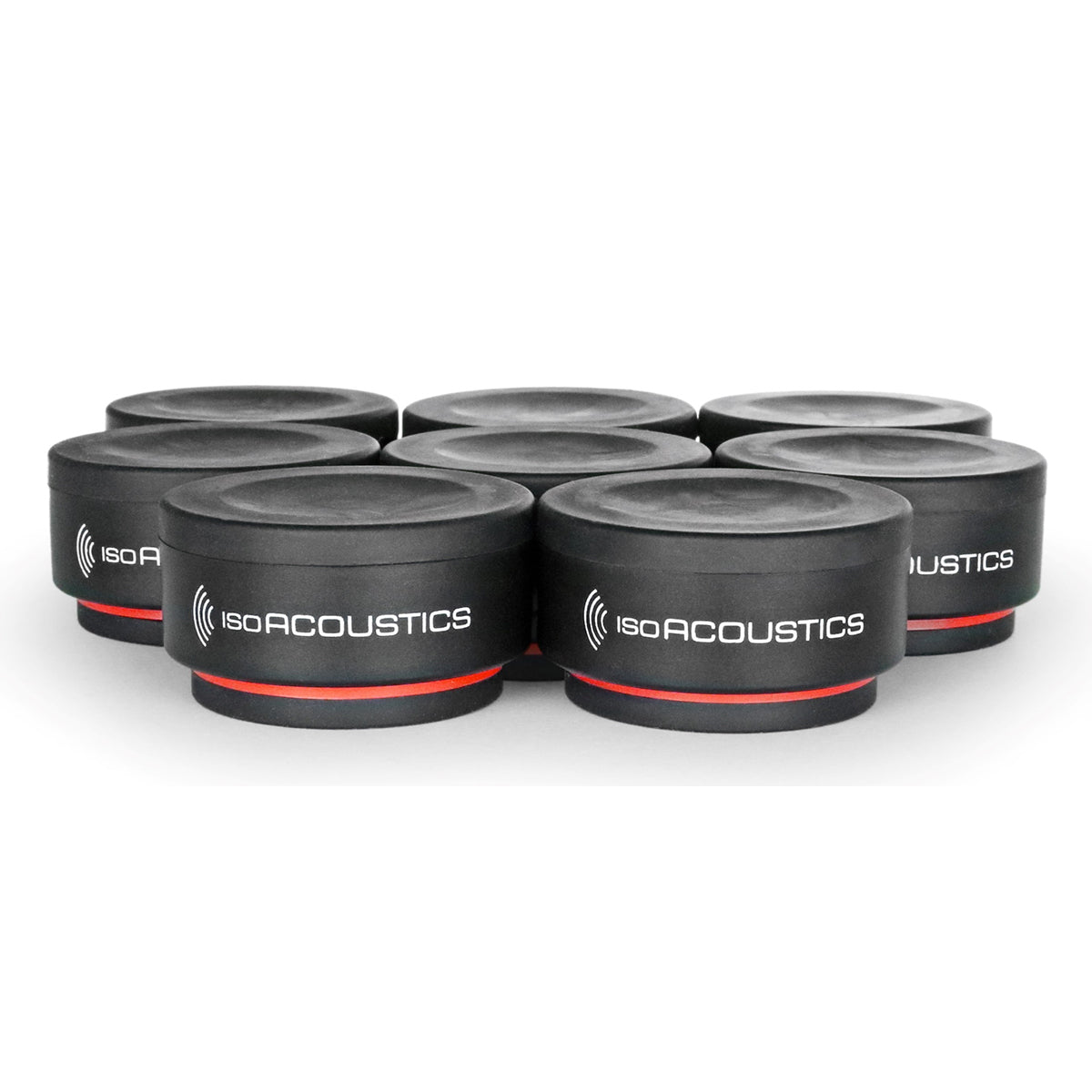

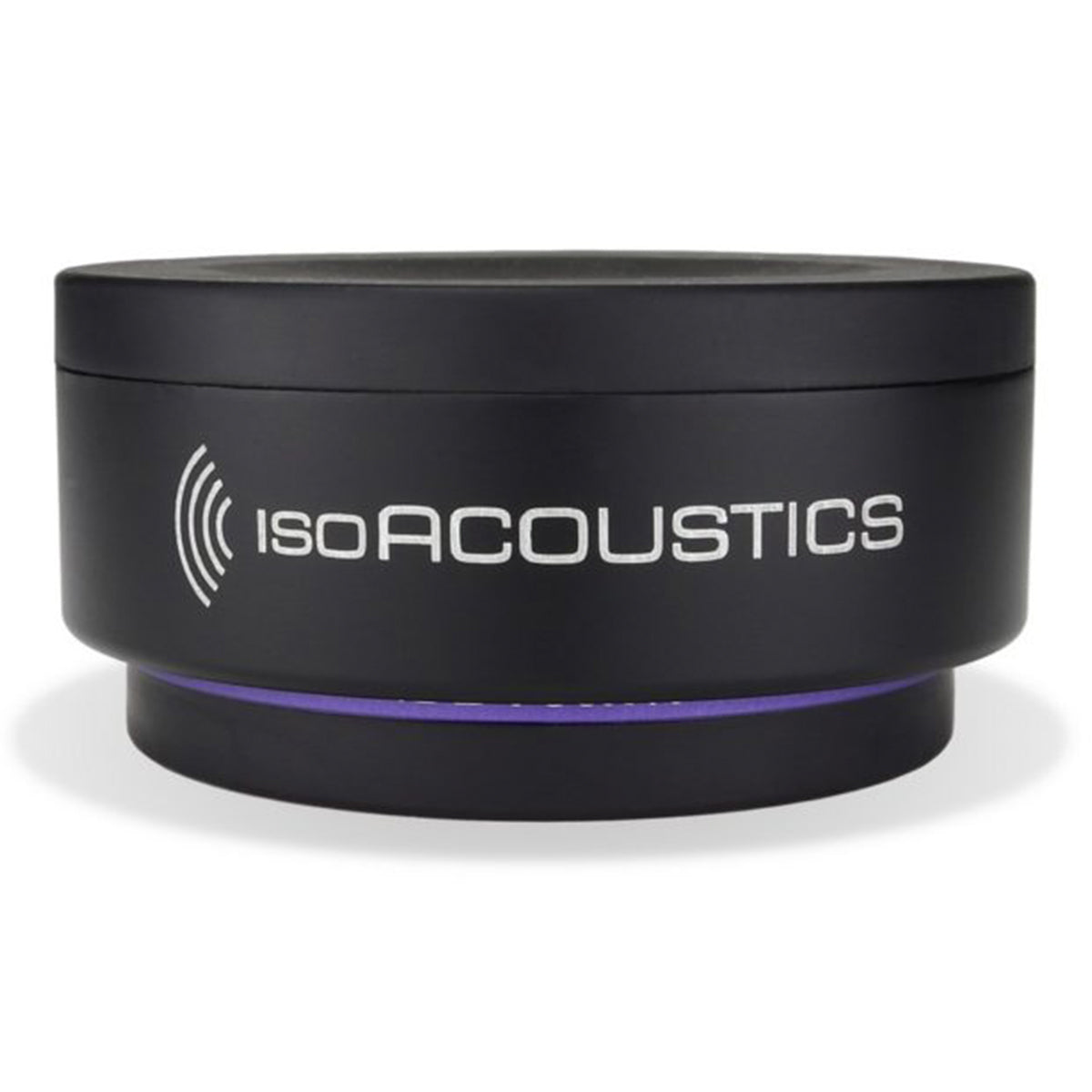


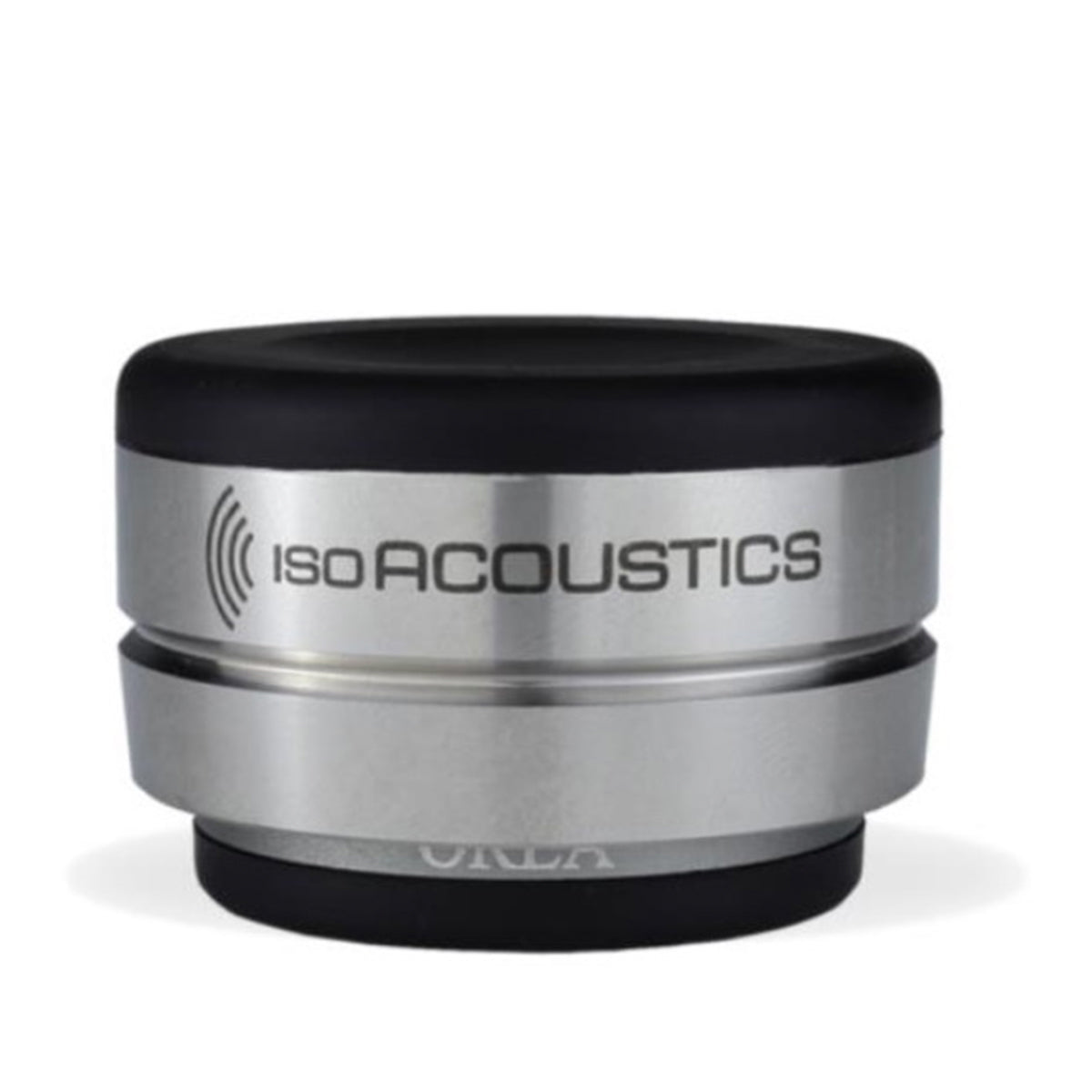



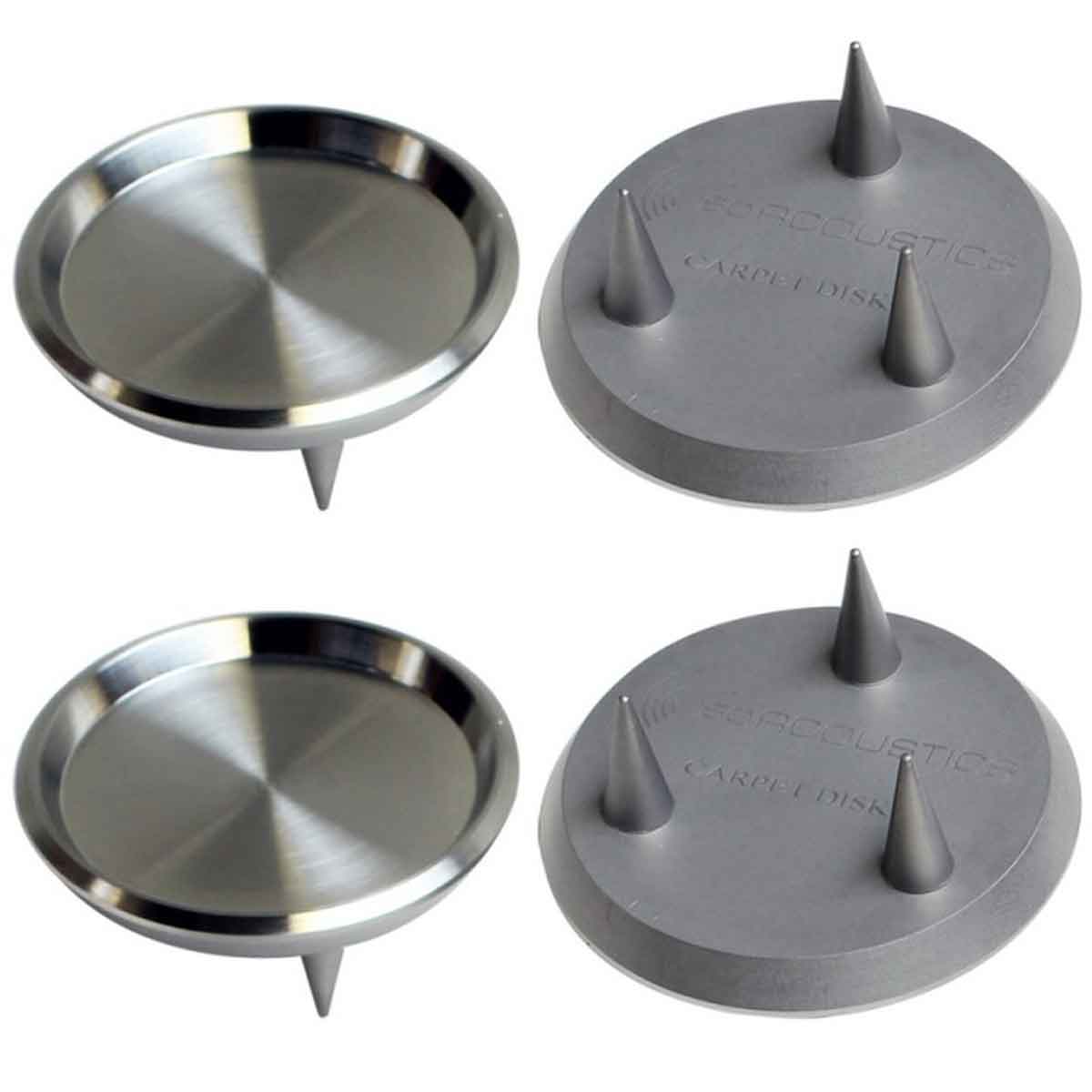




















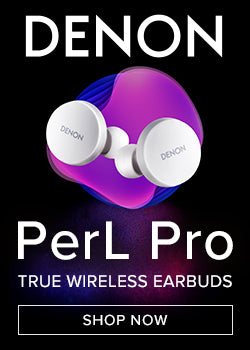










 Home Theater
Home Theater Speakers
Speakers Tower Speakers
Tower Speakers
 Bookshelf Speakers
Bookshelf Speakers
 Center Channel Speakers
Center Channel Speakers
 Wall & Ceiling Speakers
Wall & Ceiling Speakers
 Surround Speakers
Surround Speakers
 Dolby Atmos Speakers
Dolby Atmos Speakers
 Subwoofers
Subwoofers
 Soundbars
Soundbars
 Speaker Stands & Mounts
Speaker Stands & Mounts
 Components
Components Home Theater Receivers
Home Theater Receivers
 Surround Sound Processors
Surround Sound Processors
 Power Amps
Power Amps
 Movie Sources
Movie Sources
 TVs & Projectors
TVs & Projectors Televisions
Televisions
 Projectors
Projectors
 Projector Screens
Projector Screens
 TV & Projector Mounts
TV & Projector Mounts
 Seating & Furniture
Seating & Furniture Home Theater Seating
Home Theater Seating
 Media Cabinets
Media Cabinets
 A/V Racks & Shelves
A/V Racks & Shelves
 Accessories
Accessories
 Acoustic Treatments
Acoustic Treatments Absorption Panels
Absorption Panels
 Bass Trap Panels
Bass Trap Panels
 Diffusion Panels
Diffusion Panels
 Acoustic Treatment Packages
Acoustic Treatment Packages
 Cables & Accessories
Cables & Accessories HDMI Cables
HDMI Cables
 Analog Cables
Analog Cables
 Digital Cables
Digital Cables
 USB Cables
USB Cables
 Speaker Cables
Speaker Cables
 Subwoofer Cables
Subwoofer Cables
 Power Management
Power Management
 Featured & Deals
Featured & Deals Best Sellers
Best Sellers
 Sale
Sale
 Home Audio
Home Audio Outdoor Speakers
Outdoor Speakers
 Portable & Bluetooth
Portable & Bluetooth
 Wireless Speaker Systems
Wireless Speaker Systems
 Computer Speakers
Computer Speakers
 Powered Speakers
Powered Speakers
 Integrated Amplifiers
Integrated Amplifiers
 Power Amplifiers
Power Amplifiers
 Stereo Preamplifiers
Stereo Preamplifiers
 Stereo Receivers
Stereo Receivers
 Streaming Media Players
Streaming Media Players
 Digital-to-Analog Converters
Digital-to-Analog Converters
 CD Players
CD Players
 Outdoor Entertainment
Outdoor Entertainment Outdoor Subwoofers
Outdoor Subwoofers
 Turntables
Turntables Manual
Manual
 Automatic
Automatic
 Phono Cartridges
Phono Cartridges Moving Coil
Moving Coil
 Moving Magnet
Moving Magnet
 Moving Iron
Moving Iron
 Mono
Mono
 Phono Preamps
Phono Preamps MC Compatible
MC Compatible
 MM Compatible
MM Compatible
 Record Cleaning & Care
Record Cleaning & Care Stylus Care
Stylus Care
 Cleaning Machines
Cleaning Machines
 Record Cleaning Fluid
Record Cleaning Fluid
 Record Sleeves
Record Sleeves
 Isolation Systems
Isolation Systems Turntable Setup Tools
Turntable Setup Tools
 Turntable Cables
Turntable Cables
 Record Weights
Record Weights
 Turntable Mats
Turntable Mats
 Headphones
Headphones In-Ear Headphones
In-Ear Headphones
 On-Ear Headphones
On-Ear Headphones
 Over-Ear Headphones
Over-Ear Headphones
 Wireless Headphones
Wireless Headphones
 Gaming Headsets
Gaming Headsets
 Headphone Amps & DACs
Headphone Amps & DACs Digital Audio Players
Digital Audio Players
 Smart Home
Smart Home Deals
Deals Limited Time Deals
Limited Time Deals Deals by Category
Deals by Category
